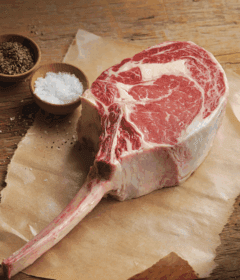The Best Cooking Oils
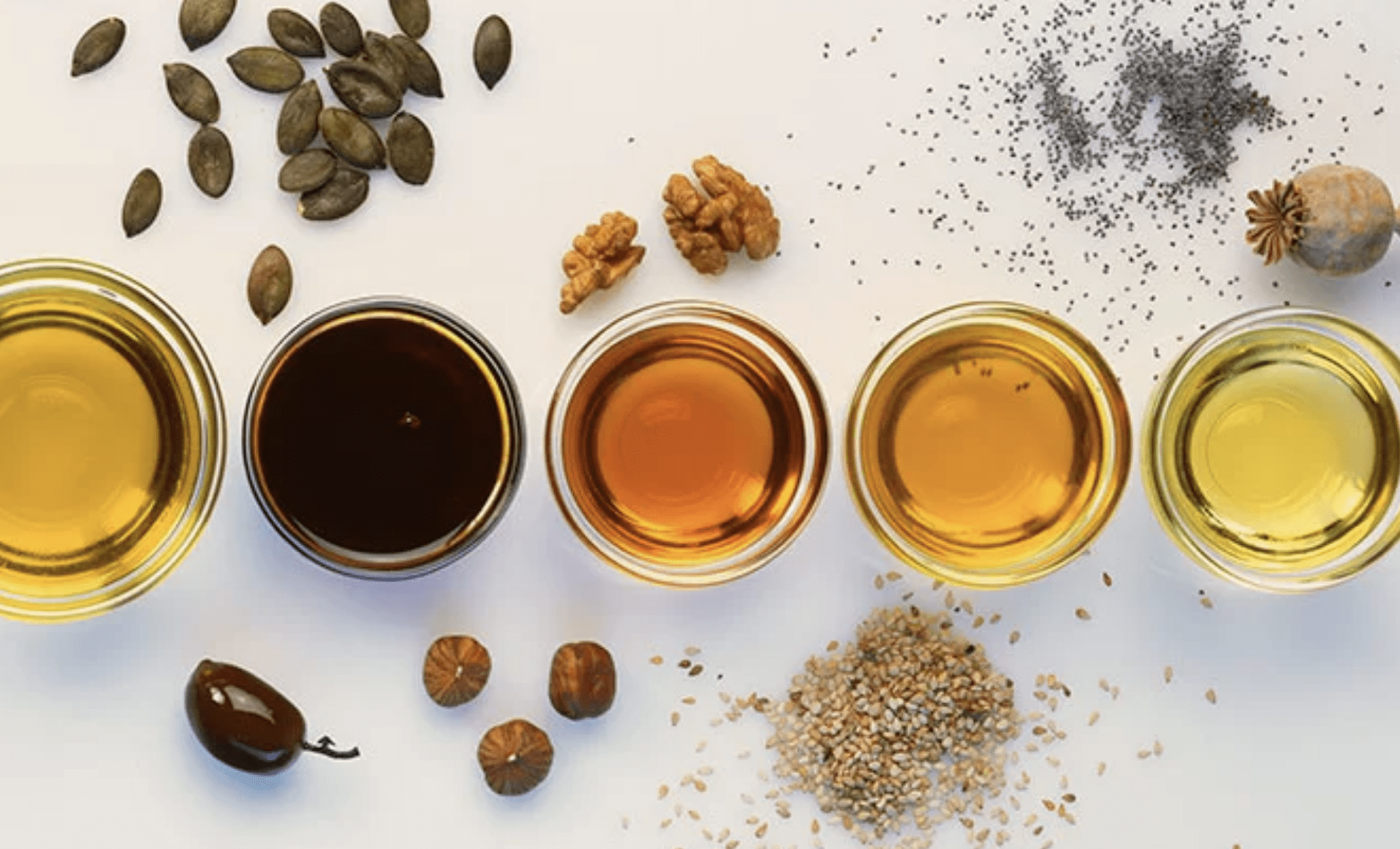
Cooking oil is plant, animal, or synthetic fat used in frying, baking, and other types of cooking. It is also used in food preparation and flavoring not involving heat, such as salad dressings and bread dippings like bread dips, and may be called edible oil.
Cooking oil is typically a liquid at room temperature, although some oils that contain saturated fat, such as coconut oil, palm oil and palm kernel oil are solid. Aside from nut, peanut, and sesame oils, which belong in the refrigerator, keep cooking oils in a cool, dark pantry to prevent rancidity.

VEGETABLE OIL
The term “vegetable oil” is used to refer to any oil that comes from plant sources, and the healthfulness of a vegetable oil depends on its source and what it’s used for. Most vegetable oils on the market are a blend of canola, corn, soybean, safflower, palm and sunflower oils.
Often times, generic vegetable oils consist of soybean oil. These oils, and canola oil (a vegetable oil prepared from rapeseed), have high smoke points and almost no flavor. These oils are great for shallow frying, sauteinq, stir-frying, and in dressings with strong flavors. With the exception of canola oil (which can give food an off flavor when the oil is heated for a long time), these oils are also fine for deep frying.
Vegetable oils are refined and processed, which means they not only lack flavor, but also nutrients. It’s called ‘vegetable’ so that the manufacturers can substitute whatever commodity oil they want—soy, corn, cottonseed, canola.
Vegetable oil is kind of a sister to canola oil. It’s also chemically processed, has a similarly high smoke point (400 to 450 degrees F), and is neutral flavor. Again, these characteristics make it good for roasting, frying, and baking.
Vegetable Oil is Best For
Frying, roasting, and baking
Vegetable Oil is Not Recommended For
Sautéing and salad dressings
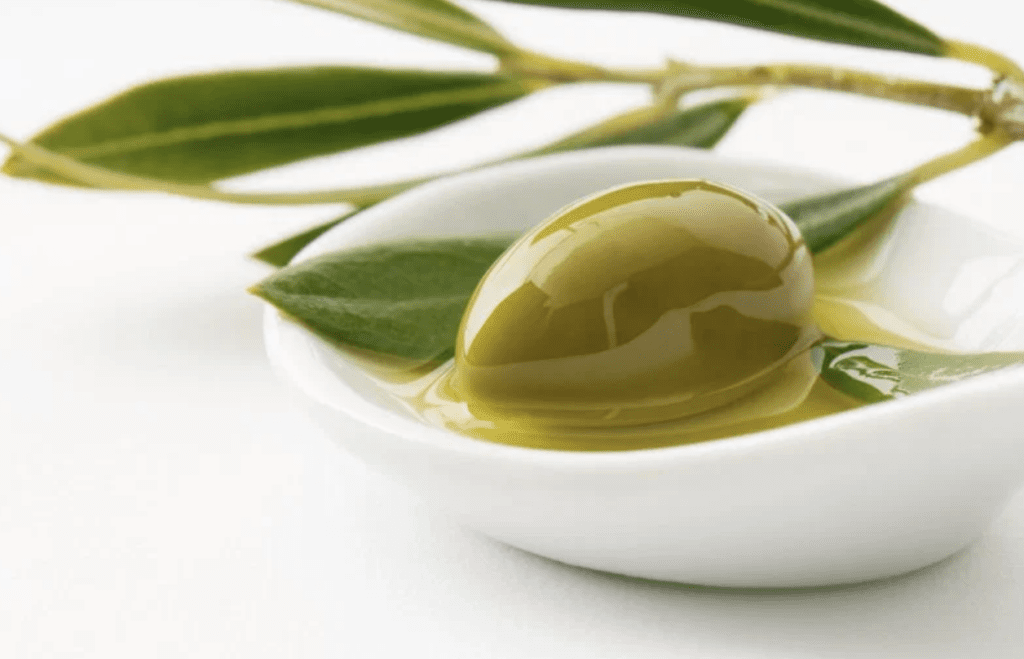
EXTRA-VIRGIN OLIVE OIL
An “extra virgin” label means that the olive oil is not refined, and therefore of high quality. Extra virgin olive oil contains a large amount of monounsaturated fats and some polyunsaturated fatty acids.
Because extra-virgin olive oil’s strong flavors dissipate when exposed to high heat, we use it in dishes that are cooked quickly. Use it to dress vegetables and to drizzle over soups and grilled foods, and it’s our choice in most vinaigrettes. It will lose freshness, even unopened, rather quickly. After 12 months, you can taste the difference, and after 18 months the oil should be replaced. Depending on the region, the harvest occurs between September and December.
Olive oil has a relatively lower smoke point compared to other oils, so it’s best for low and medium-heat cooking.
Extra Virgin Olive Oil is Best For
Sautéing and drizzling
Extra Virgin Olive Oil is Not Recommend For
Frying or roasting above 375 degrees F
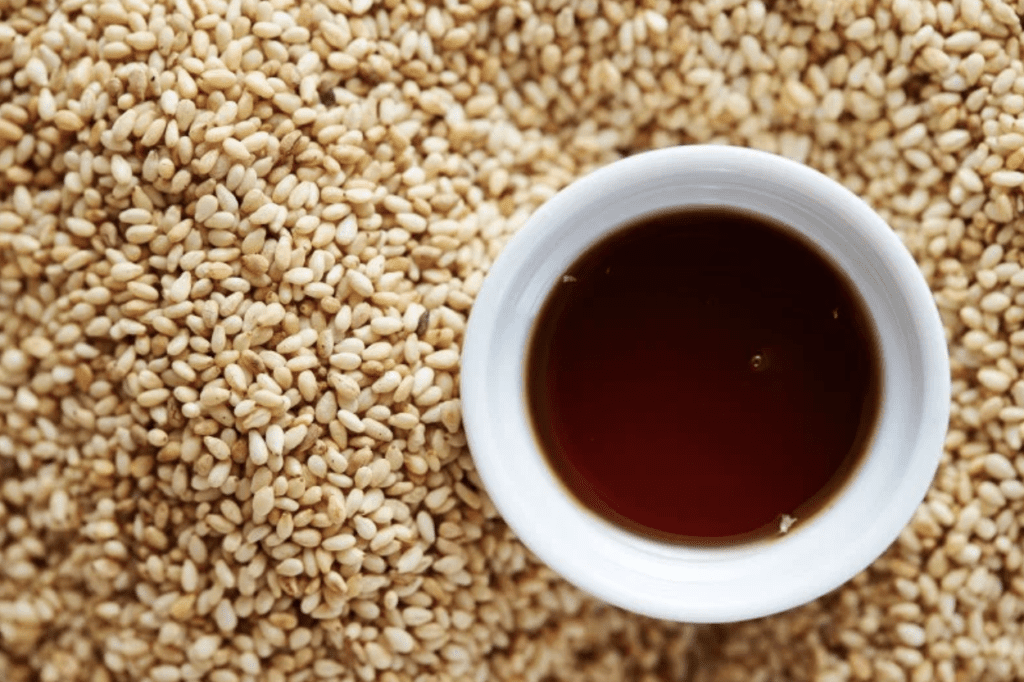
TOASTED SESAME OIL
The potent flavor of toasted sesame oil (sometimes labeled Asian sesame oil) fades quickly when exposed to heat, so we add this oil in the final moments of cooking. Use toasted sesame oil in Asian-inspired dishes, dressings, sauces, and marinades. It is highly perishable, so store it in the refrigerator.
This oil is often used for its potent flavor; a little goes a long way. It contains both monounsaturated and polyunsaturated fatty acids, though it’s not especially high in other nutrients. It has a higher smoke point and can be used for high-heat recipes.
Another highly flavorful oil. The smoke point ever (350 to 410 degrees F).
Toasted Sesame Oil is Best For
Sautéing
Toasted Sesame Oil is Not Recommended For
Foods that shouldn’t taste like sesame
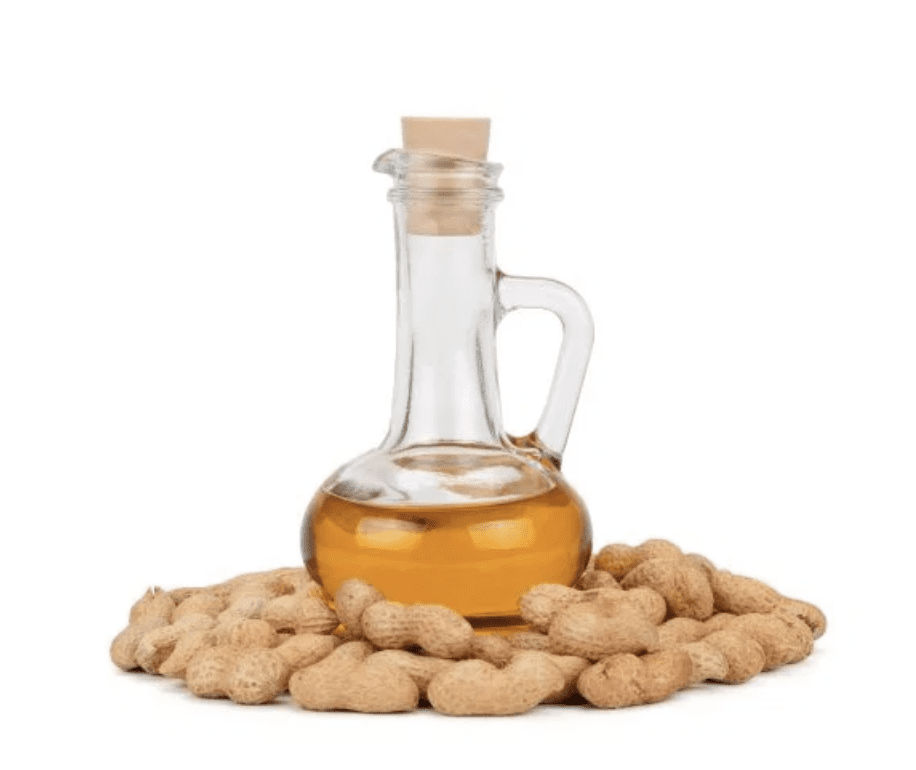
PEANUT OIL
Refined peanut oil, such as Planters, is our first choice for deep frying. It has a neutral flavor and high smoke point, and it doesn’t break down and impart off-flavors, even with prolonged heat (a problem we’ve had with other oils). Unrefined peanut oil, which has a nutty flavor that we like in stir-fries, is sold in small bottles for a hefty price.
Nut oils, like peanut, can be fun to experiment with in the kitchen, especially since there are so many different types. Peanut oil has one of the highest monounsaturated fat contents among cooking oils. It’s usually flavorful with a nutty taste and smell, and cooks well at high heat.
Peanut oil has a high smoke point (450 degrees F) so you can even use it to fry foods like tempura. Like vegetable and canola oil, it is also chemically processed and low in saturated fat.
Peanut Oil is Best For
Frying and sautéing
Peanut Oil is Not Recommended For
Foods that shouldn’t taste like peanut
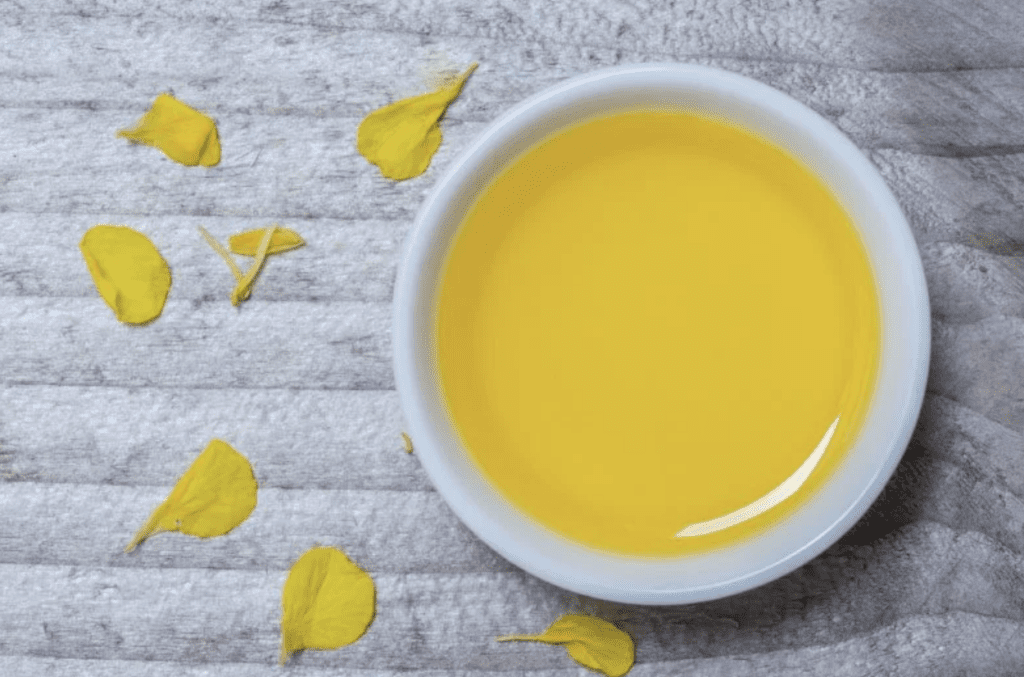
CANOLA OIL
Canola oil is derived from rapeseed, a flowering plant, and contains a good amount of monounsaturated fats and a decent amount of polyunsaturated fats. Of all vegetable oils, canola oil tends to have the least amount of saturated fats. It has a high smoke point, which means it can be helpful for high-heat cooking. That being said, in the United States, canola oil tends to be highly processed, which means fewer nutrients overall. “Cold-pressed” or unprocessed canola oil is available, but it can be difficult to find.
Canola has a high smoke point (400 degrees F) and neutral flavor makes it an excellent vehicle for frying, it isn’t actually all that bad for you on its own. The reason it has a high smoke point is because it is chemically processed, but that doesn’t have much of an effect on its health qualities.
Canola Oil Best For
Frying, roasting, and baking
Canola Oil is Not Recommended For
Sautéing and salad dressings

